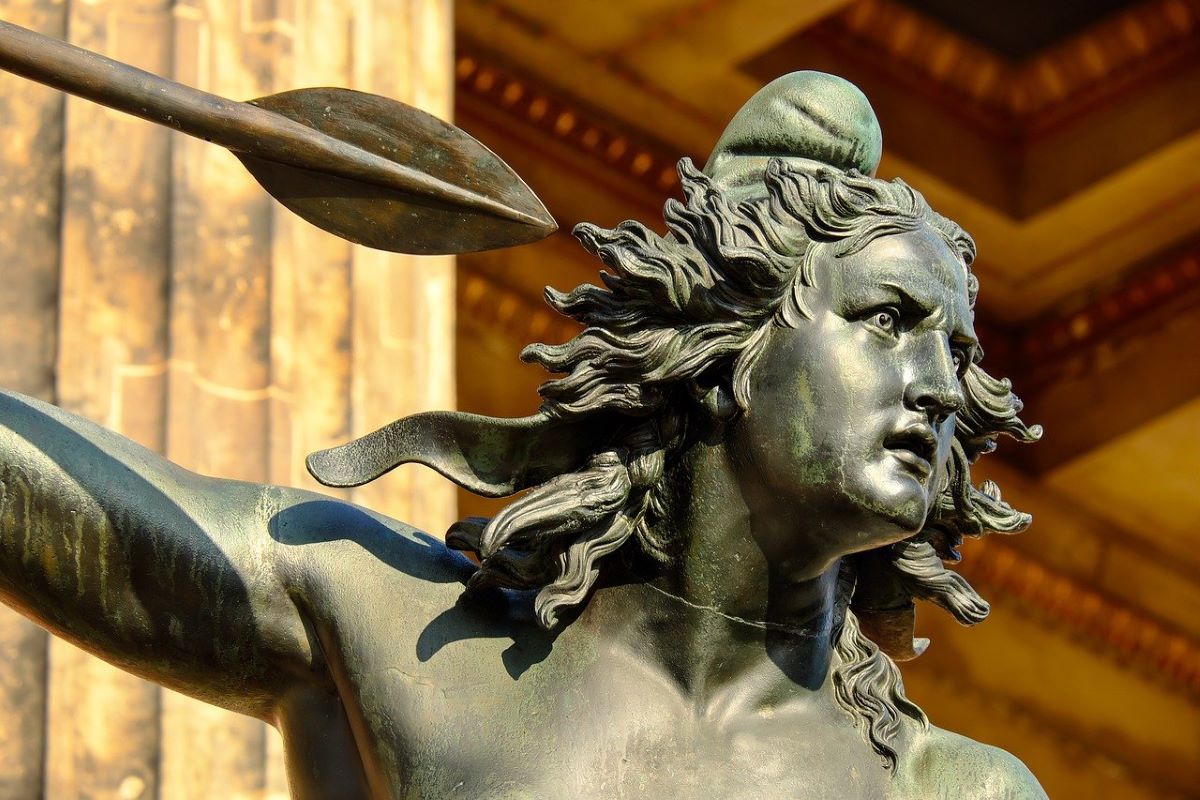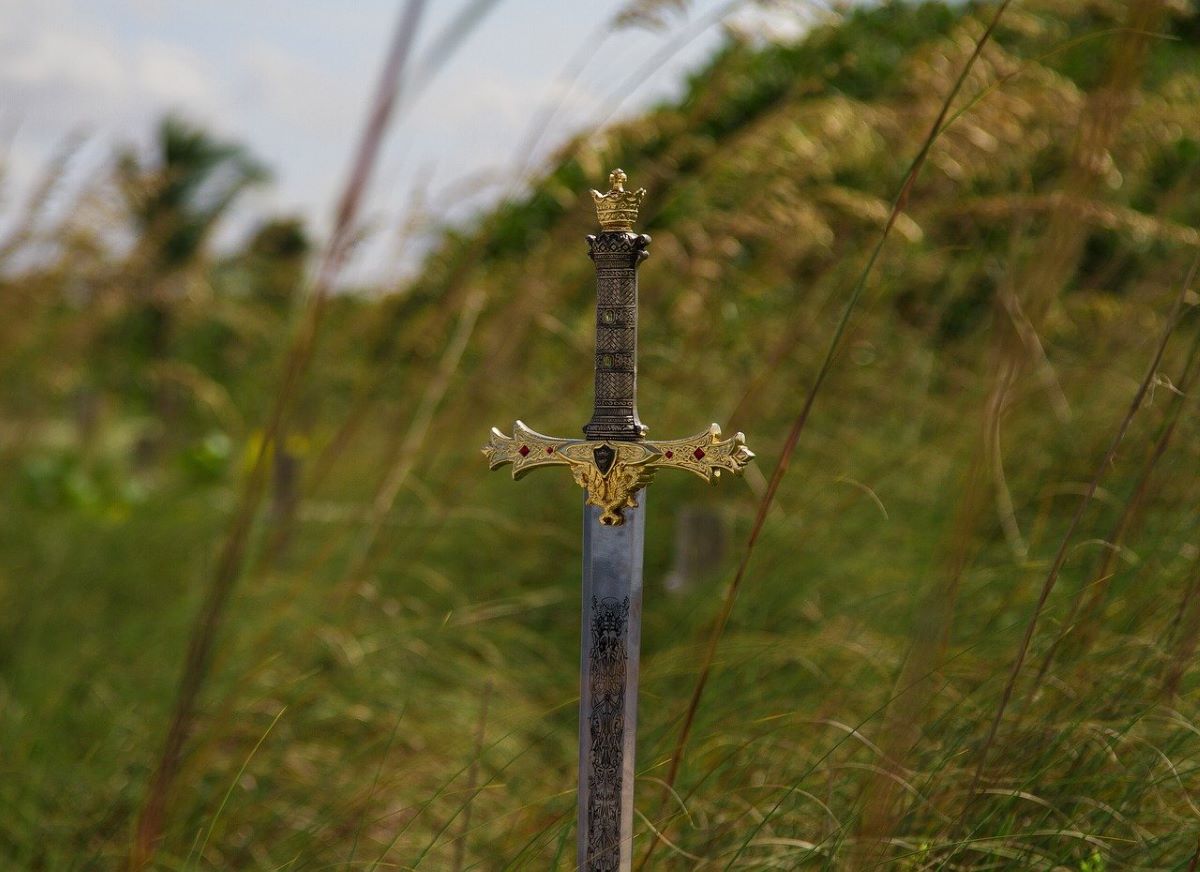
Image | Pixabay
In the popular imagination, the Amazons were brave and fierce warriors who fought in Persia or Ancient Greece firing their bows on horseback. There were many legends about them and many wondered if there was any truth in them.
If you have also ever asked yourself the same question, in the next post I will talk about the myth of the Amazons, who they were, where they came from and what we know about them.
Who were the Amazons?
The story about the Amazons that has come down to us corresponds to Greek mythology. According to her, the Amazons were a very ancient warrior people ruled and formed solely by women.
The Greeks described them as brave and attractive but very dangerous and belligerent females. They supposedly lived in an isolated colony whose capital was Themiscira, according to Herodotus, a fortified city in what would now be northern Turkey.
According to this historian, the Amazons had contact with Scythian men and fell in love with them but did not want to be confined to domestic life, so they created a new society on the plains of the Eurasian steppe where they continued with the customs of their ancestors.
However, there are small modifications in the stories that are told about the Amazons. For example, According to Strabo, annually the Amazons lay with male neighbors to reproduce and continue the line. If they gave birth to a girl, the baby would grow up with them as one more Amazon. On the other hand, if they gave birth to a child, they returned it to the men or, in the worst case, they abandoned it or sacrificed it.
For writers like Paléfato, Amazons never existed but were men who were mistaken for women because they shaved their beards.
Did the Amazons exist?

Image | Pixabay
For a long time, the myth of the Amazons was just that: a legend. However, in 1861 the classical scholar Johann Jakob Bachofen published a thesis that fueled suspicions about their existence as he affirmed that the Amazons were real and humanity began under a matriarchy
Currently, several researchers argue that the myth of the Amazons could have a real basis. At the end of the XNUMXth century, necropolis were found near the border between Kazakhstan and Russia, where the remains of women buried with their weapons had been found.
The finding of a bent arrowhead in the body of a female who apparently had died in battle is very striking. Also the bones of the bowed legs of a teenage girl who spoke of a life on horseback.
The different investigations carried out showed that the women were Scythians, a nomadic tribe that existed for a thousand years coinciding with the Greek archaic period (XNUMXth - XNUMXth centuries BC). The pieces agree: in their migrations the Scythian people reached today's Turkey, where according to the mythical story they would have participated in the Trojan War. In fact, it is mentioned that the Greek hero Achilles had a duel in the Trojan War against Penthesilea, an Amazon queen daughter of Ares.
She was distinguished by her numerous exploits in Troy during her siege before Achilles defeated her by stabbing her chest with a spear. Seeing her die, Achilles was awed by her beauty and buried her on the banks of the River Scamander.
More than a third of the Scythian women found in various necropolises were buried with their weapons and many had battle wounds, as did the men. This indicates that they could have fought alongside men and in these indications the basis of the myth of the Amazons could be found.
What does the myth of the Amazons say?

Image | Pixabay
The myth of the Amazons is probably an exaggeration of reality made by some Greek historians like Herodotus who wanted to give a certain epic to a people of magnificent warriors. Everything seems to indicate that it was simply a hyperbole of the Scythian fighters, who became known in the classical world for their ability to shoot with a bow and dominate horse riding.
The term amazon comes from the Greek "amanzwn" which means "those who do not have a breast." This alludes to the practice that the Amazons carried out with girls at birth, in which a breast was cut so that when they were adults they could better handle the bow and the spear.
When we look at the works of art in which the Amazons are represented, we do not see signs of this practice because they always appear with both breasts although with the right normally covered. In the sculpture, the Amazons were represented fighting against Greeks or wounded after these encounters.
On the other hand, the Amazons were said to have founded many cities including Ephesus, Smyrna, Paphos, and Sinope. In Greek mythology the military incursions of the Amazons abound and they are represented as adversaries of the Greeks.
These stories frequently narrate the struggles between the Amazon queens and the Greek heroes, for example the combat of Penthesilea against Achilles in the Trojan War or the duel of Hercules against Hippolyta, sister of the previous one, as part of one of his twelve works. .
It is also said that the Amazons descended from Ares, god of war, and from the nymph Harmony.
Who did the Amazons worship?

Image | Pixabay
As expected the Amazons worshiped the goddess Artemis and not a god. She was the daughter of Zeus and Leto, Apollo's twin sister and the goddess of the hunt, wild animals, virginity, maidens, births. Furthermore, he was credited with alleviating women's illnesses. According to the legends, Artemis served as a guide for these extraordinary warriors because of their way of life.
The Amazons were attributed with the construction of the great temple of Artemis, although there is no reliable evidence of this.
What are the most famous Amazons?
- penthesilea- Amazon queen who participated in the Trojan war with great courage in battle. He perished at the hands of Achilles and Antianira succeeded him on the throne. It is said that he invented the hatchet.
- anti anger: It is said that he ordered the mutilation of males when they were born because the crippled made love better.
- Hippolyta: sister of Penthesilea. He possessed a magic belt whose powers gave him an advantage over other warriors on the battlefield.
- Melanippe: sister of Hipólita. Hercules is said to have kidnapped her and in exchange for her freedom demanded Hippolyta's magic belt.
- other: was lover of the god Ares and the mother of Hipólita.
- Myrina: Defeated the Atlanteans and the army of the Gorgons. He also ruled Libya.
- talestry: Amazon queen and is said to have seduced Alexander the Great.